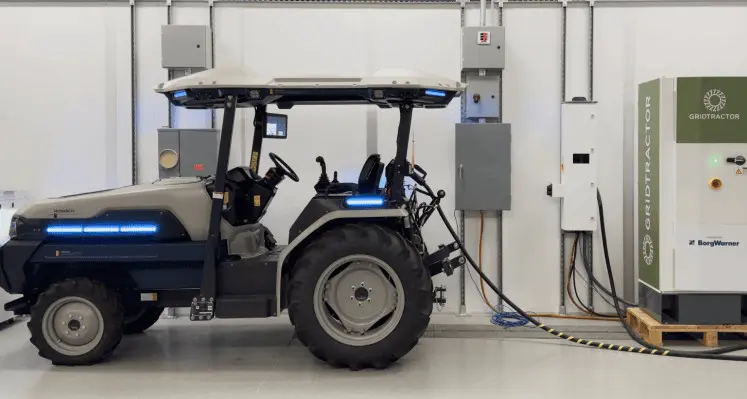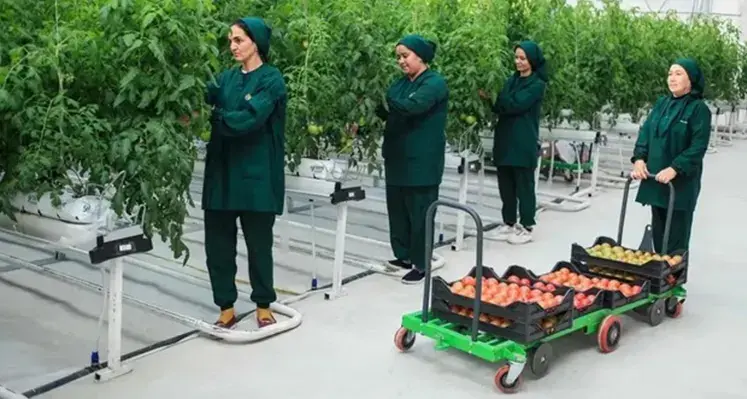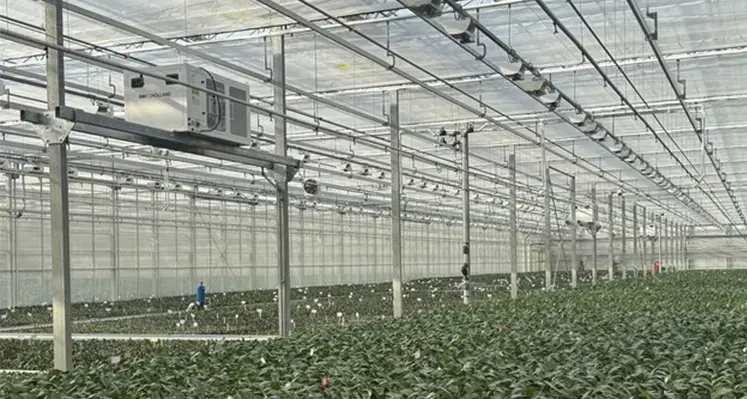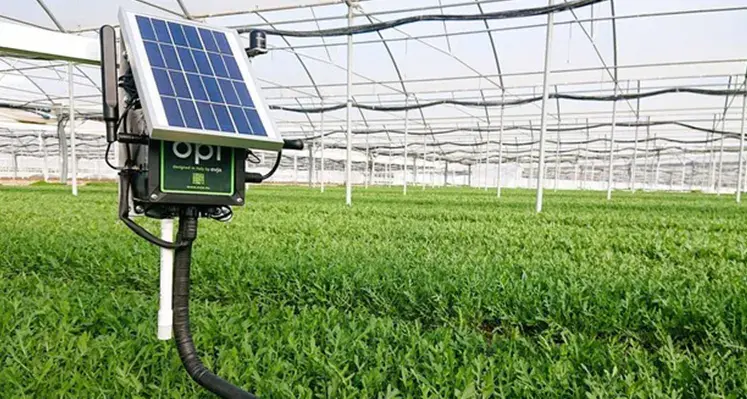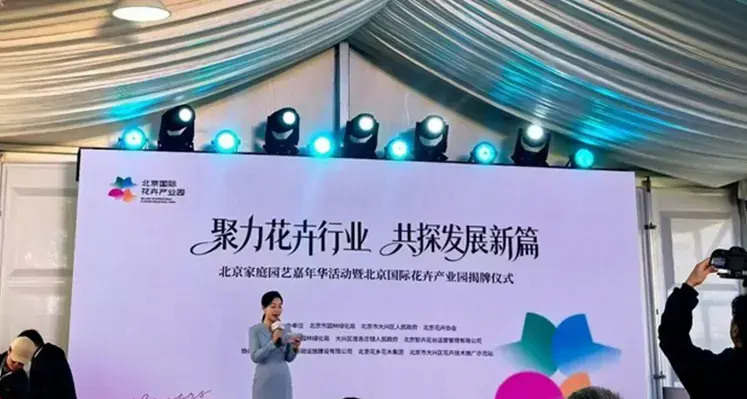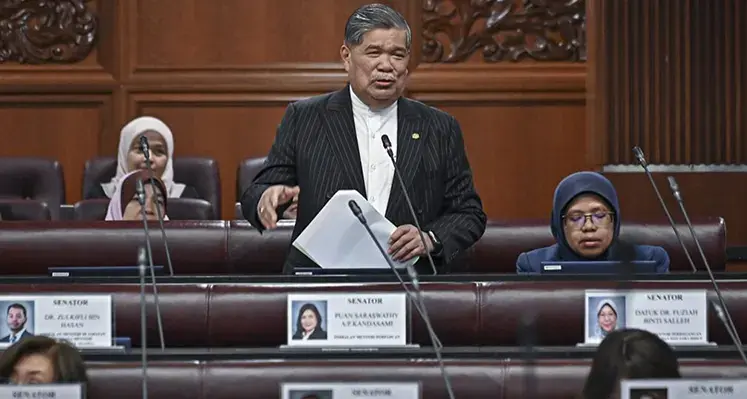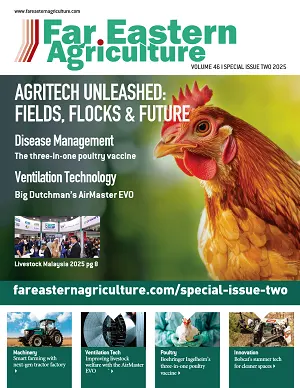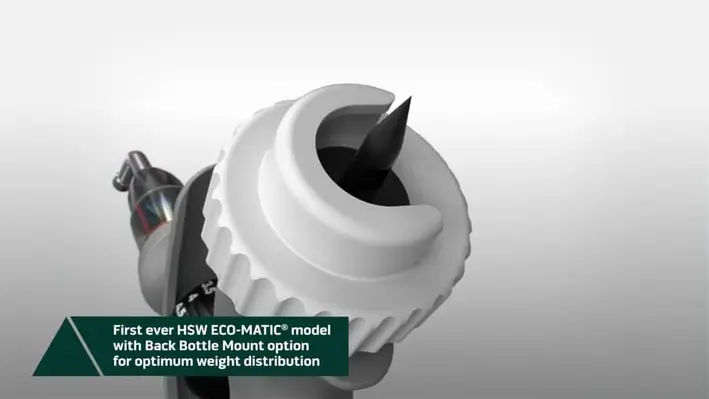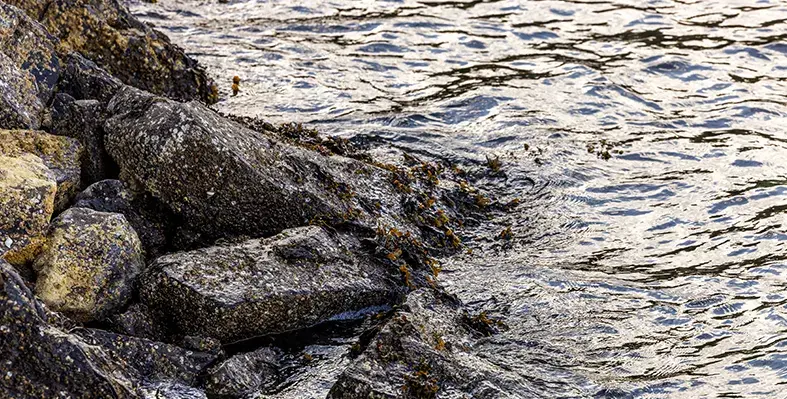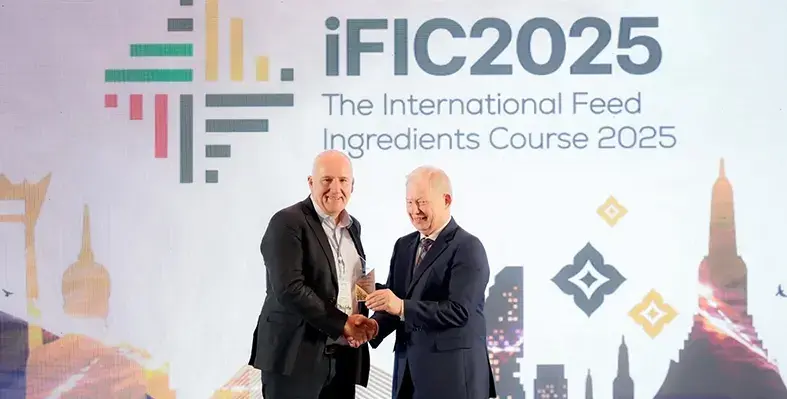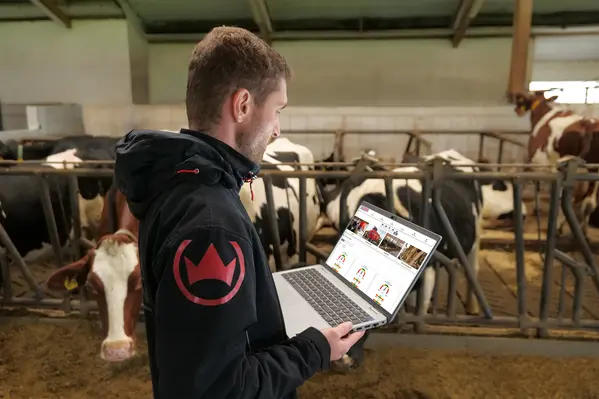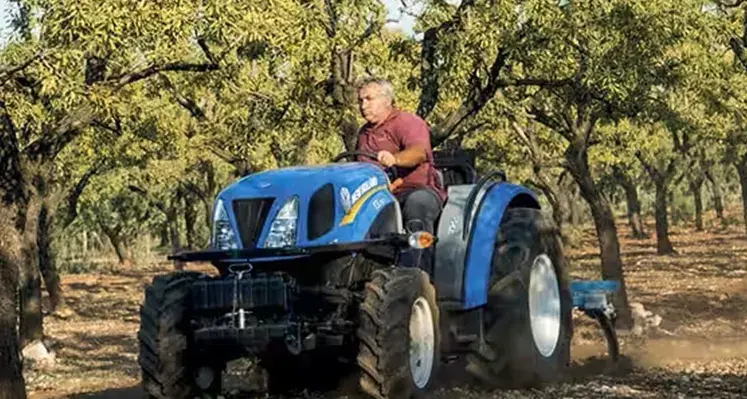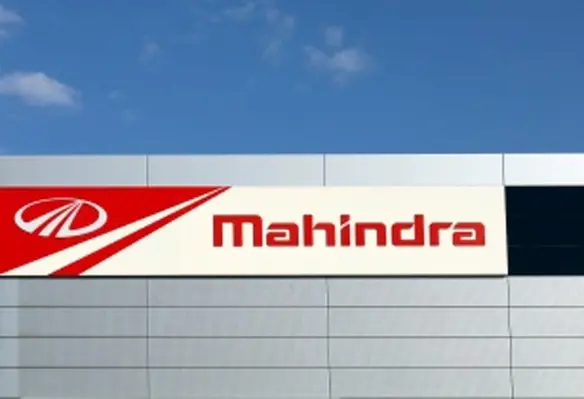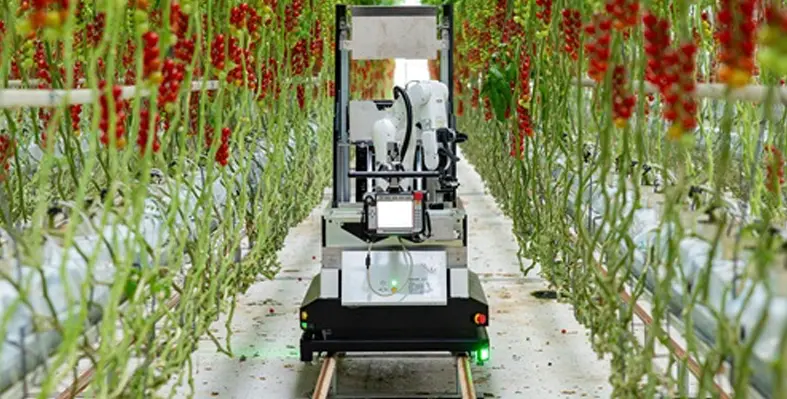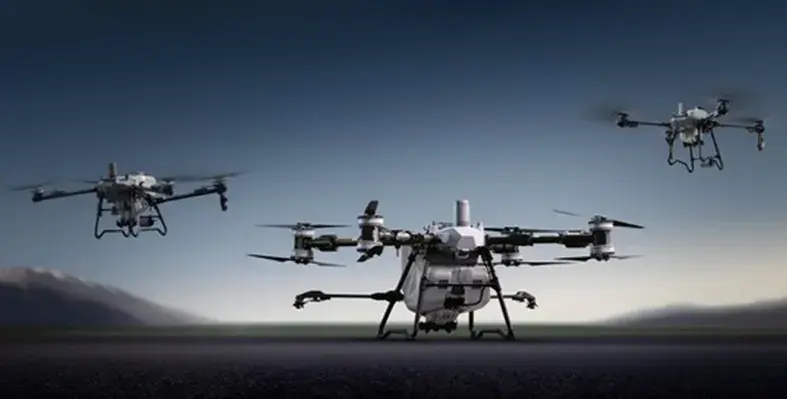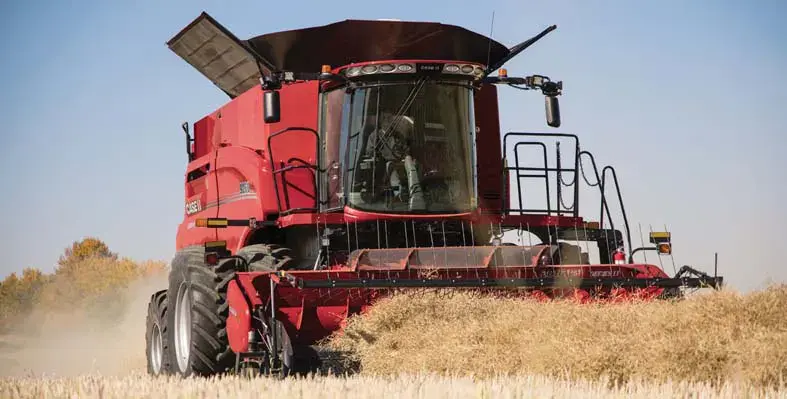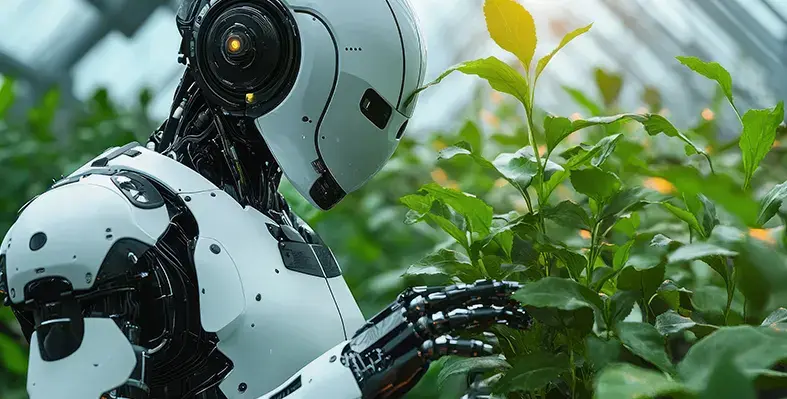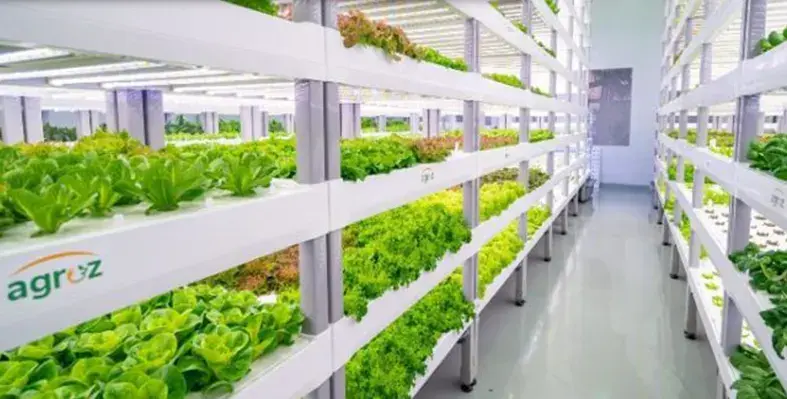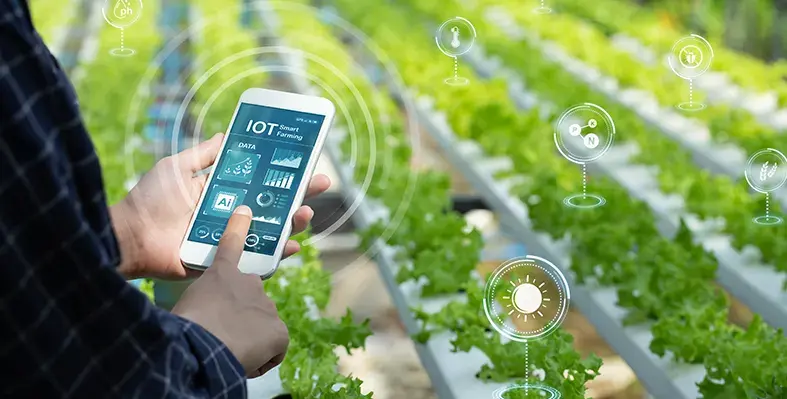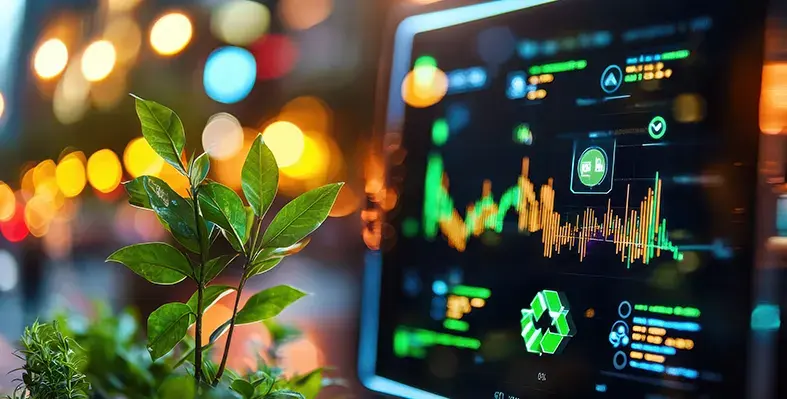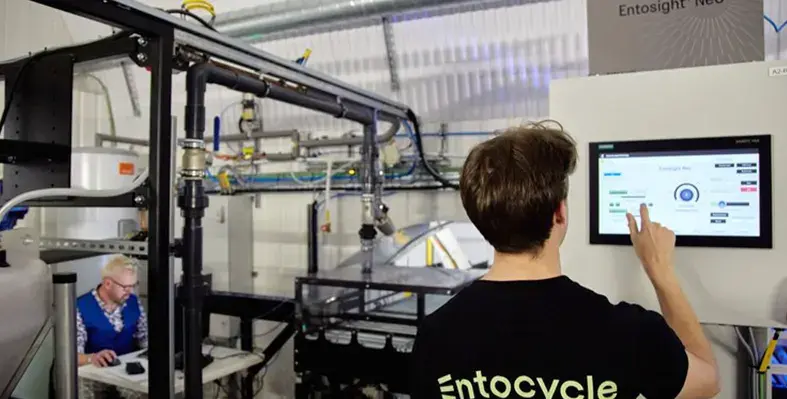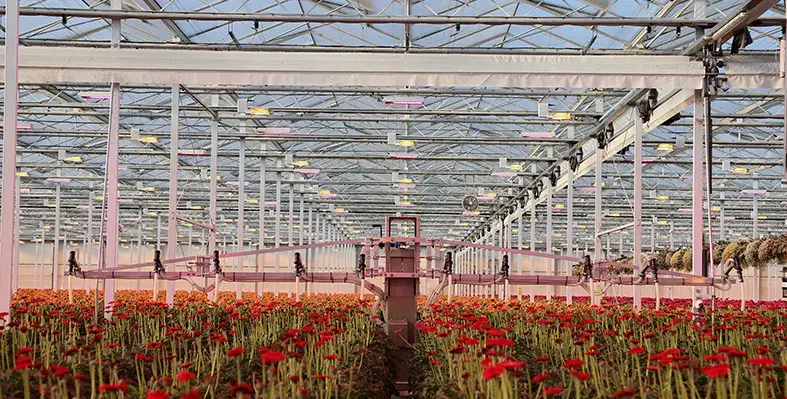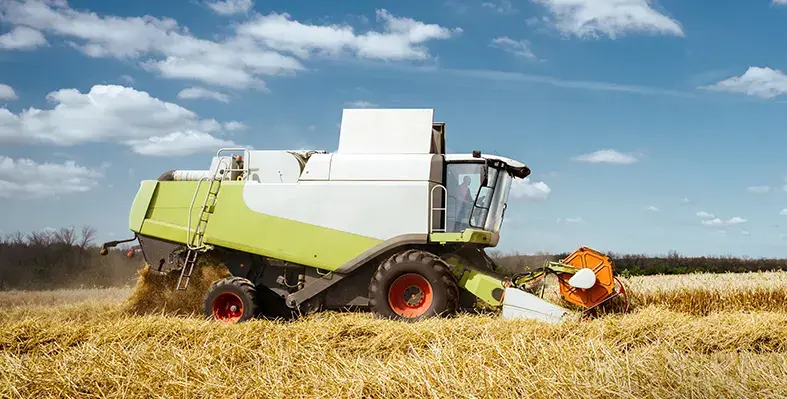Digital transformation in agriculture is gaining momentum across Europe, yet adoption remains uneven. In Italy, only 9.5% of agricultural land is currently digitised, according to data from the Smart Agrifood Observatory.
Despite this modest uptake, the pace of technological change has been rapid. As the team at EVJA explains, “Despite this marginal progress, the sector has transitioned from a few isolated sensors in the field to a wealth of data, forecasting models, regulatory requirements, and sustainability metrics in just a few years.”
This fast evolution has created a new challenge for farmers and agronomists. Multiple digital tools often operate in isolation, using different data standards and interfaces. “The risk is clear. There are so many disconnected solutions, each with its own language. This increases complexity instead of simplifying the work of farmers and technicians,” EVJA notes. To address this, the company developed its Agronomic Intelligence Platform, a single, integrated solution designed to turn complex agricultural data into practical, on-farm decisions. “It is a unified platform for monitoring, analyzing, advocating, and ensuring sustainability by transforming complex data into actionable decisions.”
At its core, the platform aims to simplify data-driven agronomy through one website and mobile app. Farmers and technicians gain access to real-time monitoring of soil, climate and crop conditions, alongside disease forecasting models, an event calendar, complete historical datasets, yield estimation tools and an up-to-date CO2 balance. This all-in-one approach supports precision agriculture, climate-smart farming and measurable sustainability outcomes.
A standout feature of EVJA’s solution is its modular structure. Farms can begin with a Basic plan, which includes monitoring, data history and a digital calendar, and then expand as needs grow. Advanced modules such as Defense, Agronomic Modelling, Yield and CO2 allow the platform to scale alongside the business, supporting a transition towards more efficient, transparent and sustainable farming practices.
The EVJA control unit, equipped with essential sensors, underpins the platform. Through the app, users can view real-time graphs showing soil moisture, temperature and other key parameters, as well as analyse historical data by season, plot or crop. The Defense modules integrate seamlessly, offering AI-powered forecasting for diseases such as downy mildew, alternaria, botrytis and powdery mildew. These models are refined using user-recorded observations, treatments and notes, improving accuracy over time.
Beyond plant protection, the platform includes advanced agronomic models covering evapotranspiration, accumulated temperature, light exposure and chilling hours. These tools help farmers plan irrigation and crop development without complex calculations. The yield module, designed for leafy vegetables and castor beans, supports production forecasts, harvest timing and supply chain planning. Meanwhile, the CO2 module calculates emissions and sequestration, providing reliable data for ESG reporting and retailer requirements.
Through this platform, EVJA aims to make digital agriculture practical and accessible. As the company puts it: “Innovation in the field, sustainability in the yield.”
